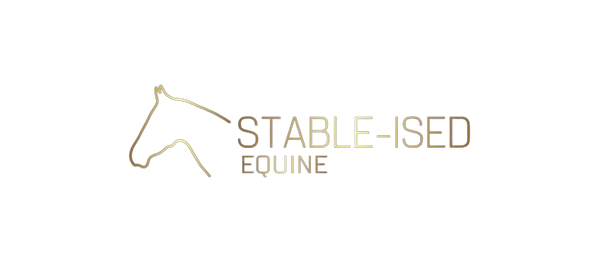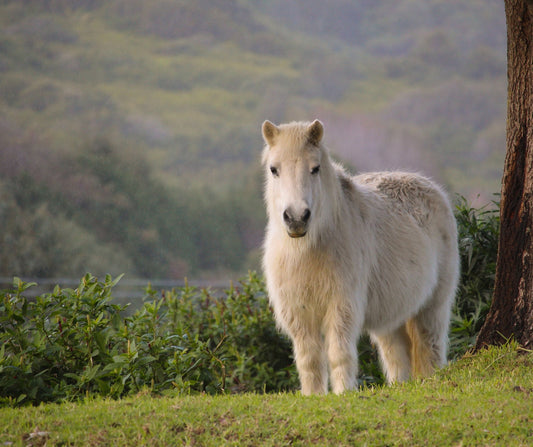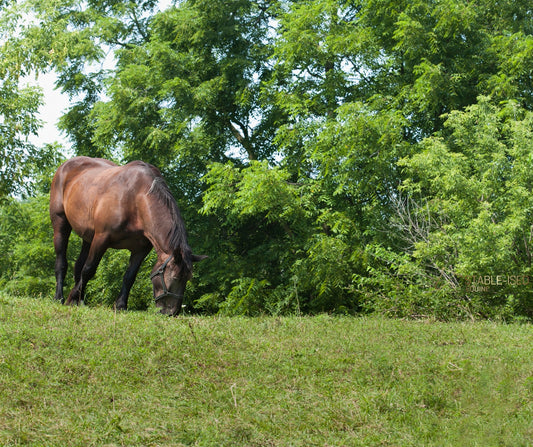
High Oxalate Grasses
Found throughout several regions of Australia such as Tropical Far North Queensland and Eastern New South Wales, tropical and sub-tropical species (C4 grasses) such as Setaria, Kikuyu, Buffel Grass, Para Grass, Signal Grass, Guinea Grass, Green Panic, Pangola, and Brachiaria varieties are what form the most frequently heard of high oxalate grass types.
Different C4 pasture species will vary in the concentration of oxalates they contain which will therefore influence the degree of additional dietary supplementation that is necessary. An example of this is Setaria (Setaria Sphacelata), which has a significantly higher oxalate content when compared to other C4 varieties and is borderline being toxic to equines if their intake is not managed meticulously.
So, what do oxalates do to horses?
When ingested, oxalates essentially bind to calcium molecules and make them unavailable for the horse to absorb and utilise. Even if the horse’s recommended daily intake (RDI) for calcium is being met on paper, if their forage intake is composed of large proportions of high oxalate grasses, their calcium absorption is likely to be compromised and their RDI not likely to be met.
When insufficient calcium is provided in the diet to offset the horse’s oxalate intake, the horse’s body eventually begins to recognise a deficiency and will resort to resorbing calcium from their bone stores to ensure calcium levels are maintained elsewhere in the body. The result of this resorption is Nutritional Secondary Hyperparathyroidism (Big Head Disease). Symptoms of this often-life-threatening disease can include shifting or intermittent lameness, osteoporosis, facial swelling and remodelling of bone, weak and brittle bones, and dental/bone fractures.
As horrifying as all of that sounds, prevention of Nutritional Secondary Hyperparathyroidism is possible if you are able to identify what grass species your horse is consuming and put together a balanced dietary plan that addresses their increased requirements. It is often not as simple as adding a handful of calcium carbonate (limestone) to the diet, as consideration to Ca:P and Ca:Mg ratios needs to be given as these interactions will also influence nutrient bioavailability. Too much calcium relevant to other minerals in the diet and you risk inducing a secondary deficiency.
If you are willing and able to supplement your horse accordingly, high oxalate species are relatively hardy grasses to have around as they are tolerant of grazing pressure, warm temperatures, and high rainfall totals. This is why these varieties tend to establish so well in hot/humid climates that experience seemingly endless periods of seasonal rainfall.
If you have recognised that your horse is grazing on high oxalate grasses, consider implementing a supplement such as Stable-Ised Equine PractiCAL which is a balancer pellet formulated specifically with this category of horses in mind. It contains vital vitamins, minerals, essential amino acids, salt, and a toxin binder in addition to increased concentrations of calcium, phosphorus, and magnesium. PractiCAL was formulated by someone who has their own horses grazing on high oxalate pastures and very quickly became tired of measuring out several different powdered and unpalatable supplements on a daily basis.



